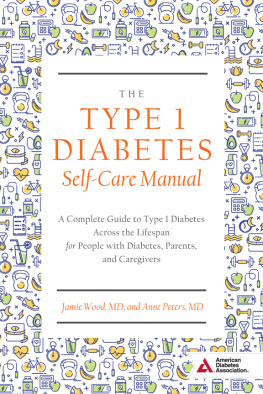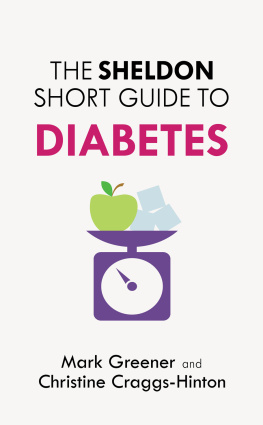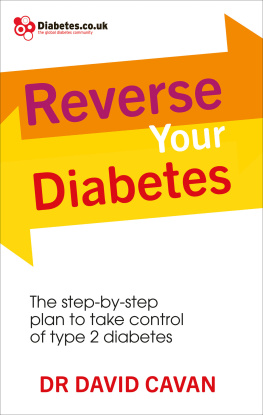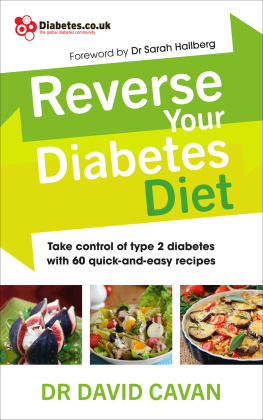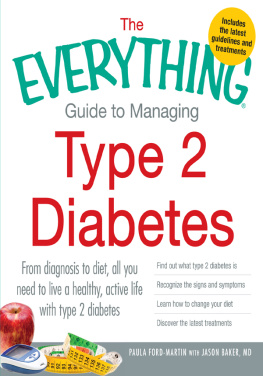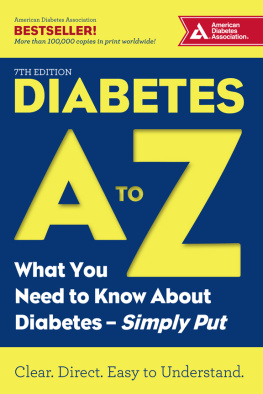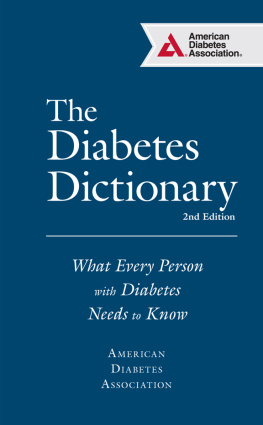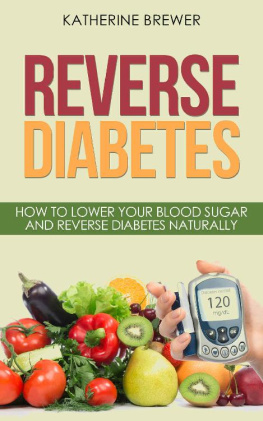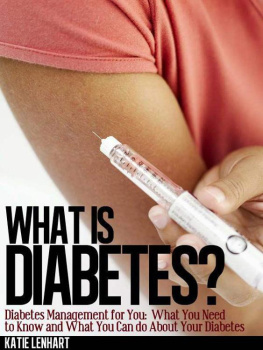DIABETES
Contents
David Corr Copyright 2015
All rights reserved. No part of this book may be reproduced in any form without permission in writing from the author. Reviewers may quote brief passages in reviews.
Disclaimer
No part of this publication may be reproduced or transmitted in any form or by any means, mechanical or electronic, including photocopying or recording, or by any information storage and retrieval system, or transmitted by email without permission in writing from the publisher.
While all attempts and efforts have been made to verify the information held within this publication, neither the author nor the publisher assumes any responsibility for errors, omissions, or opposing interpretations of the content herein.
This book is for entertainment purposes only. The views expressed are those of the author alone, and should not be taken as expert instruction or commands. The reader of this book is responsible for his or her own actions when it comes to reading the book.
Adherence to all applicable laws and regulations, including international, federal, state, and local governing professional licensing, business practices, advertising, and all other aspects of doing business in the US, Canada, or any other jurisdiction is the sole responsibility of the purchaser or reader.
Neither the author nor the publisher assumes any responsibility or liability whatsoever on the behalf of the purchaser or reader of these materials.
Any received slight of any individual or organization is purely unintentional.
This book is not a medical journal or am I offering you medical advice. The content in this book is for educational purposes only and you should consult with a licensed physician before taking any actions
ATTENTION: GET YOUR FREE GIFT
This Free Ebook is going to show you seven herbs specifically used to lower your blood sugar levels, regenerate the islet cells of the pancreas and protect against the effect of excess blood sugar.
Consumption of these herbs, along with a combination of good diet and lifestyle will not only prevent you from getting impacted with, but also help you reverse your diabetes.
Click the Image Below

Click here to get free access
CHAPTER 1: INTRODUCTION
Excessive thirst, frequent urination, blurry vision, tiredness, tingling sensation in your extremities, wounds that take too long to heal you notice these symptoms, visit your doctor, are advised some blood work ..and then .a sad reality dawns on you!
You! Of all the people. you have been impacted by diabetes!
You are scared because you have heard that diabetes is irreversible. You know about friends and family who are struggling with diabetes and trying to live a normal life.
How did this disease find you? You never wanted it!
Well, if you or any of your family members are struggling with diabetes, then you understand these symptoms very well. You would have also heard that diabetes is irreversible.
Now, here is the deal Diabetes can be reversed and this book will teach you how .
It will require a great deal of effort from your part in order to fight and reverse your diabetes. It is a battle that you should be ready to fight. And if you are willing to put in the effort, you will receive a huge reward towards the end a healthy life without diabetes!
Before we go further, let us try and understand diabetes.
WHAT IS DIABETES?
Diabetes is a chronic health condition in which your body demonstrates a reduced ability to remove glucose from your blood and into its cells after eating or drinking anything that contains carbohydrates. This reduced ability leads to hyperglycemia or elevated blood glucose level.
It is often referred to as the silent killer because many individuals do not even know that they have it.
Your body uses a variety of enzymes to breakdown the food that you eat. Food is broken down into macro and micro nutrients which in turn are used in different parts of the body for different jobs. As an example, the fat is used to facilitate brain health whereas the carbohydrates are used to provide energy to the body.
The carbohydrates are the complex sugars that are broken down into simpler forms referred to as glucose. Glucose is then released into your blood stream for immediate release as energy or for storage to facilitate later use.
In order to store and use glucose, your body produces a hormone called insulin. This is manufactured by the beta cells in your pancreas. These cells are sensitive to the concentration of insulin in your bloodstream and can release it on an as needed basis. They monitor the amount of blood sugar in your blood stream to elevate or decrease the production of insulin. The beta cells in your pancreas need to release more insulin in order to deal with the elevated blood glucose level. Now, as this insulin is produced, the enzymes activate other cells in your body telling them to accept glucose as energy. This gradually diminishes the amount of glucose circulating in the bloodstream, leading to decreased production of insulin.
The process is a continuous one and is not dependent on what, how and when you eat. Blood sugar level can increase in your blood stream after consumption of a high carbohydrate diet, even if you do not have diabetes.
The balance between energy and insulin is what provides you the energy to function normally.
Diabetes as a disease impacts this process and therefore the ability of your body to naturally produce insulin in balanced amounts.
Depending on the kind of diabetes that you have been impacted with, the natural process can be impacted in a number of ways this may include the inability of beta cells in your pancreas to produce insulin as a consequence of being overworked. As your blood glucose level reaches 180 mg/dl, your kidneys attempt to flush out the excess glucose through urination. This is primarily the reason why excessive urination and thirst are important signs in diabetes.
If unchecked, diabetes can be a serious, even life-threatening disease leading to threatening complications such as blindness, gangrenes or even death due to diabetic coma.
Let us first try and understand the kind of diabetes that you have.
CHAPTER 2: TYPES OF DIABETES YOU MIGHT HAVE AND THE SYMPTOMS
There are three different types of diabetes type 1, type 2, and gestational diabetes. All three kinds are related to insulin sensitivity. Let us look at these in a little more detail:
TYPE 1 DIABETES
The Type 1 Diabetes can happen at any age and is generally referred to as juvenile diabetes or IDDM (Insulin Dependent Diabetes Mellitus). It is autoimmune and generally manifests itself before the age of 20. In patients over the age of 30, your doctor may refer to this as LADA Latent Autoimmune Disease of Adulthood.
This kind of diabetes is quite rare and only five percent of individuals with diabetes have this kind of diabetes.
In type 1 diabetes, the patients pancreas manufactures little to no insulin naturally. In fact, they often lack the actual beta cells needed for the production of insulin. In cases where beta cells are being attacked and destroyed, the symptoms only appear when the number of cells goes down.
Most medical practitioners believe that type 1 diabetes is genetic, however, a few attribute this to a viral attack too! Some scientists believe that it is caused by the immune system attacking the pancreas, destroying beta cells and stopping them from functioning.
Others feel that it is your bodys reaction to certain viruses that initiates this in error. Most scientists however agree that there is a genetic predisposition involved.
Next page


